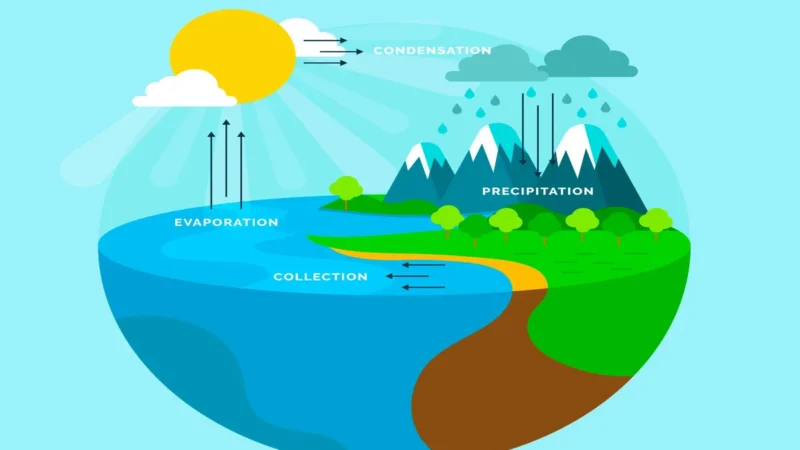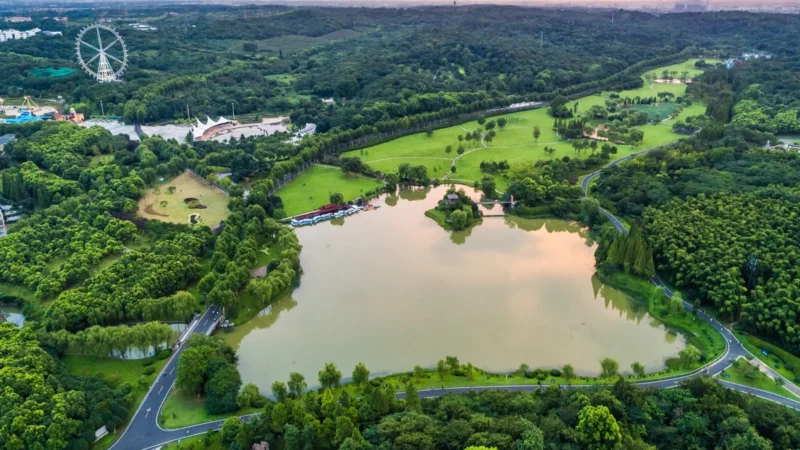How Does Deforestation Impact the Wildlife and Biodiversity? All You Need To Know

Deforestation, the clearing of forests for various purposes, has severe implications for wildlife and biodiversity. This article explores the detrimental effects of deforestation on ecosystems, highlighting the consequences for both animal species and the overall balance of biodiversity.
Loss of Habitat:
Deforestation leads to the direct destruction of habitats, displacing countless animal species that rely on forests for survival. Trees provide shelter, nesting sites, and protection from predators. As vast areas of forests are cleared, animals are forced to seek new homes or face habitat fragmentation, increasing the risk of population decline and extinction.
Disruption of Food Chains:
Forests house complex food chains, with various species interconnected in a delicate balance. Deforestation disrupts these chains by removing crucial food sources, such as fruits, nuts, and insects. As primary consumers lose their food supply, it cascades through the ecosystem, affecting secondary and tertiary consumers. Imbalances in the food chain can lead to reduced populations, increased competition, and even extinction of certain species.
Biodiversity Decline:
Forests harbor an astounding array of plant and animal species, contributing significantly to global biodiversity. Deforestation directly contributes to biodiversity loss by eradicating diverse habitats and reducing species richness. The extinction of species disrupts intricate ecological relationships, weakening ecosystems and compromising their ability to adapt to environmental changes. A decrease in biodiversity has long-term consequences, impacting ecosystem stability, resilience, and the services they provide to human societies.
Endangered Species and Extinction Risk:
Deforestation poses a grave threat to endangered species. Many endangered animals, such as orangutans, tigers, and gorillas, rely on forested habitats for their survival. By destroying their homes, deforestation intensifies their vulnerability and pushes them closer to extinction. Furthermore, deforestation fragments habitats, isolating populations and limiting gene flow, which reduces genetic diversity and increases the risk of inbreeding.
Climate Change Implications:
Forests act as carbon sinks, absorbing and storing substantial amounts of carbon dioxide. Deforestation disrupts this process, releasing stored carbon into the atmosphere, contributing to climate change. Rising temperatures and altered precipitation patterns further impact wildlife and biodiversity. Changes in climate can disrupt breeding cycles, migration patterns, and the availability of resources, further endangering species already threatened by deforestation.
Keywords: deforestation and climate change, impact on breeding cycles, altered migration patterns
Key Takeaways:
Deforestation’s impact on wildlife and biodiversity is profound. The loss of habitat, disruption of food chains, decline in biodiversity, and increased extinction risk pose significant challenges for ecosystems worldwide. Recognizing the importance of forests and implementing sustainable practices is crucial for preserving our planet’s delicate ecological balance.
FAQs
How does deforestation affect wildlife?
Deforestation directly impacts wildlife by destroying their habitats, leading to displacement, habitat fragmentation, and increased extinction risk.
What happens to the food chains during deforestation?
Deforestation disrupts food chains as crucial food sources for animals are removed, leading to imbalances, reduced populations, and potential extinction of species.
Why is biodiversity loss a concern during deforestation?
Deforestation contributes to the decline in biodiversity by eradicating diverse habitats, reducing species richness, and weakening ecosystem stability and resilience.
Which species are particularly vulnerable to deforestation?
Endangered species, such as orangutans, tigers, and gorillas, are especially vulnerable as they rely on forested habitats for their survival.
How does deforestation contribute to climate change?
Deforestation releases stored carbon into the atmosphere, contributing to climate change, which further impacts wildlife through altered weather patterns and habitat disruption.
What can be done to mitigate the impact of deforestation on wildlife and biodiversity?
Implementing sustainable practices, promoting reforestation efforts, and supporting conservation initiatives are essential for mitigating the impact of deforestation on wildlife and biodiversity.


